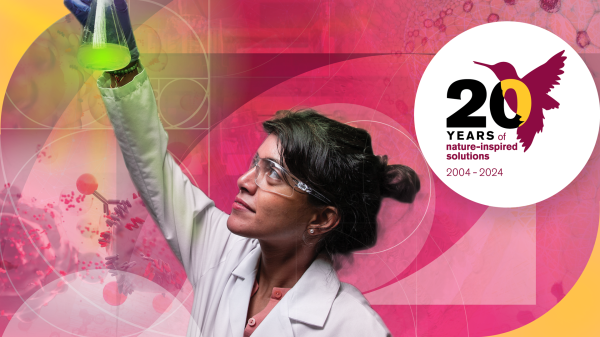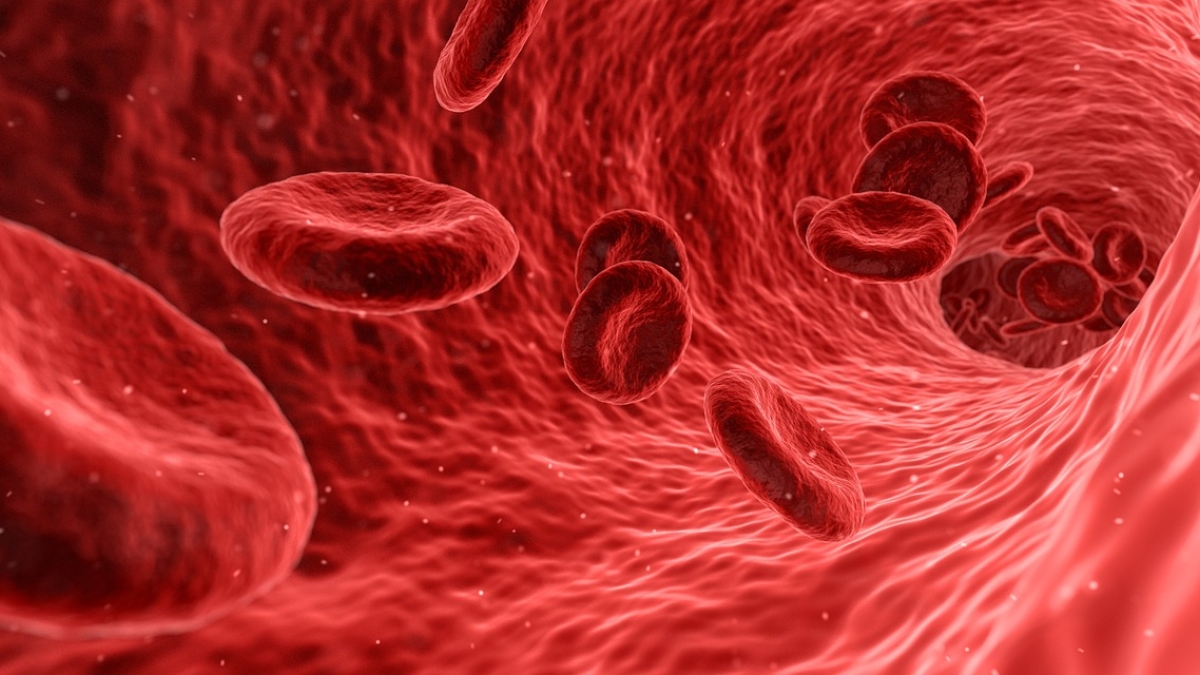Synthetic biology uses basic research about DNA and proteins to design and build “living nanotech” that controls cell behavior. The payoff, scientists hope, will be novel biomaterials for rebuilding damaged tissue, molecular and cellular therapies, and localized drug delivery systems for tough cancers.
An annual synthetic biology conference is being held in Paradise Valley this week, with Arizona State University faculty organizing and playing significant roles.
The fifth Synthetic Biology: Engineering, Evolution and Design conference focuses on advances in science, technology, applications and related investments in the field of synthetic biology. This year’s theme is “synthetic biology at the leading edge of massive DNA synthesis, editing, and decoding.” The conference highlights recent discoveries and new tools positioned at the forefront of rapid, massive DNA synthesis and editing.
The meeting chairs are Karmella Haynes and Samira Kiani, both assistant professors in ASU’s School of Biological and Health Systems Engineering, and Ryan Gill, professor in the College of Engineering and Applied Science at the University of Colorado, Boulder.
The field of synthetic and systems bioengineering is based on the premise that living systems are modular and able to be engineered. This idea has spurred a new movement that has made a substantial impact on molecular and cell biology. Researchers design genetically encoded information and cell microenvironments to gain a deeper understanding of living things as well as to generate products such as advanced medical treatments.
Haynes explains her research on her university biography page: "Our group uses synthetic, systems, and quantitative biology to engineer useful gene and protein-based biological devices and to deepen our understanding of molecular cell biology. We operate biological devices primarily in human/ mammalian cells. Accelerating the pace of therapeutic technologies (such as tissue regeneration and customizable protein-based drugs) via modular design is the grand challenge that shapes our research plans."
The field is exploding. CRISPR, a new, cheap, and radical tool that enables geneticists and researchers to edit genomes easily by removing, adding or altering sections of DNA, is revolutionizing research. In the conference’s first year in 2013, 142 abstract papers were presented. This year 310 will be presented.
“There’s a ton of interest in a conference like this,” Haynes told the room in her welcome remarks.
ASU faculty members Joshua LaBaer, Mo Ebrahimkhani and Cheryl Nickerson are presenting papers at the conference.
The university will host a special reception for the conference attendees on Tuesday at the Biodesign Institute and Interdisciplinary Science and Technology Building IV at ASU's Tempe campus.
More Science and technology

Hacking satellites to fix our oceans and shoot for the stars
By Preesha KumarFrom memory foam mattresses to the camera and GPS navigation on our phones, technology that was developed for space applications enhances our everyday lives on Earth. In fact, Chris…

ASU-led Southwest Advanced Prototyping Hub awarded $21.3M for 2nd year of funding for microelectronics projects
The Southwest Advanced Prototyping (SWAP) Hub, led by Arizona State University, has been awarded $21.3 million in Year 2 funding under the CHIPS and Science Act to continue its work advancing the…

Celebrating '20 Years of Discovery' at the Biodesign Institute
Editor’s note: The Biodesign Institute at Arizona State University wraps up its 20th anniversary with the sixth and final installment of its "20 Years of Discovery" series. Each story highlights…
